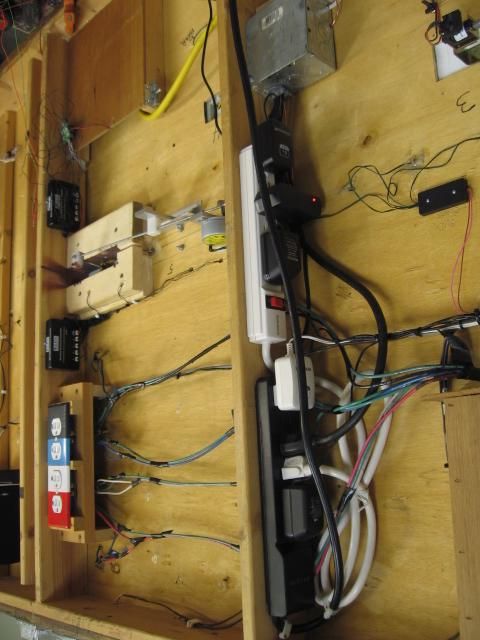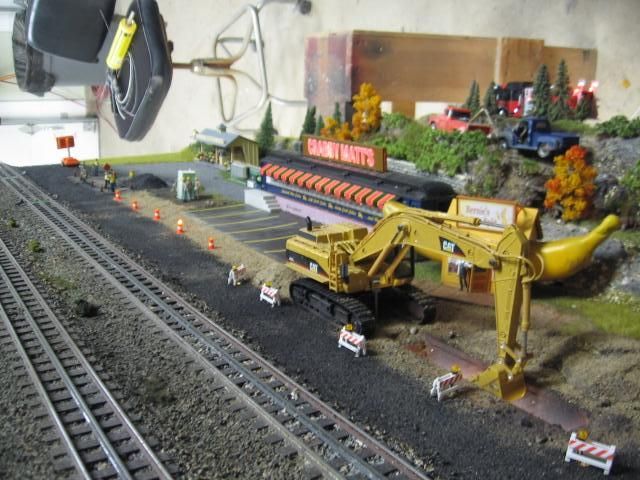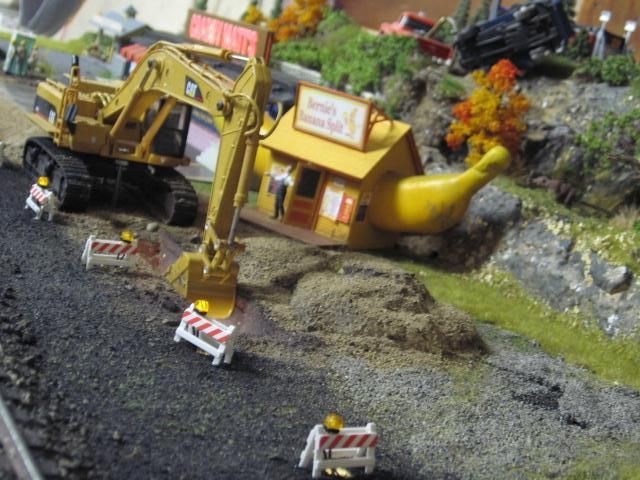Originally Posted by Mike CT:

My comment for what it's worth is: I made a very good living as an electrical contractor. As I look at the back side of this 38" X 72" animation module it is a bit intense. Two plug strips, several wall wort power supplies, each a different voltage and different purpose, why wouldn't you want to simplify some of the wiring??? It is a hobby for all, not just those mechanically inclined.
This was exactly my point. There are plenty of people who would look at a photo like this and say, "Oh yeah, that's simple, I could do that in half an hour from scratch. Where's my wire? I'll show you how simple this is..."
It's human nature to try to project your own experiences, likes and knowledge base into the skull of another person but life don't work like that.
There are plenty of things I know how to do that are easy for me that are seemingly impossible for others. I'm sure anyone could say that. For example, I think drawing a portrait is easy. Why? Well, I was born with an apparent natural talent for that and I went to art school. But it'd be silly of me to tell someone else that drawing another person is easy. Yet people do just that, for other things, every day.
There's a reason why we pay doctors to help us when we're sick, body shops when our cars get dinged in an accident, and electricians when we need home wiring because we can't know how to do everythin to a professional level.
Seriously, the next time I have someone say something being easy for them is easy for everyone, I'm going to show them a scan of a drawing I did for a book project (I have it saved on my cell phone) and say, "Okay, it's easy for me to do stuff like this, so it should easy for you, too, right?"







